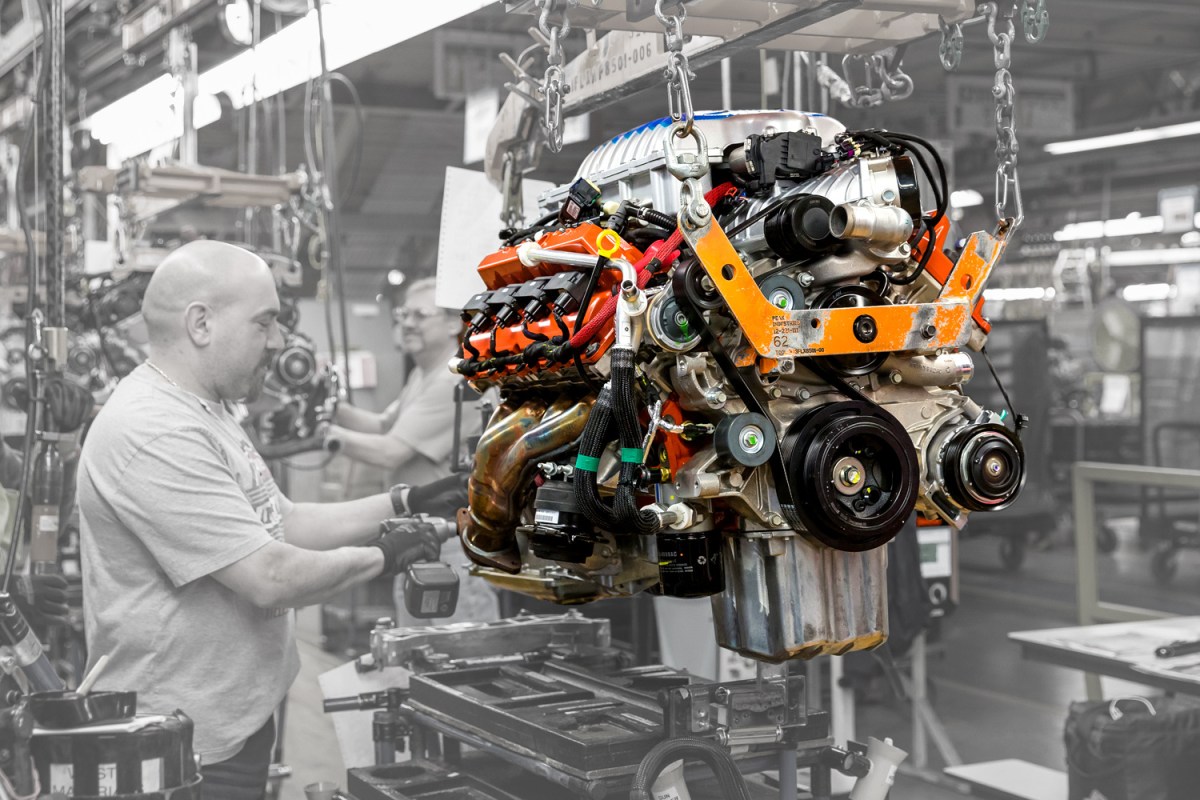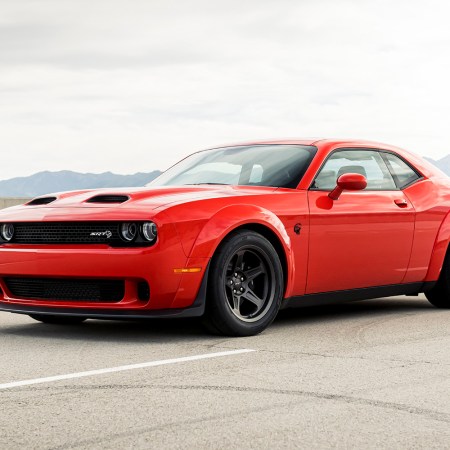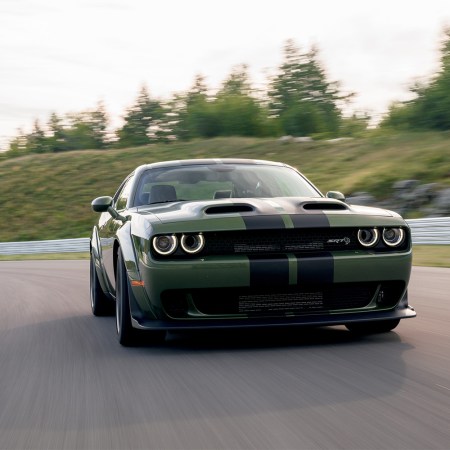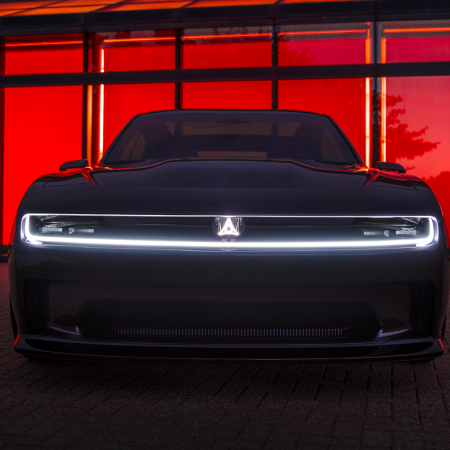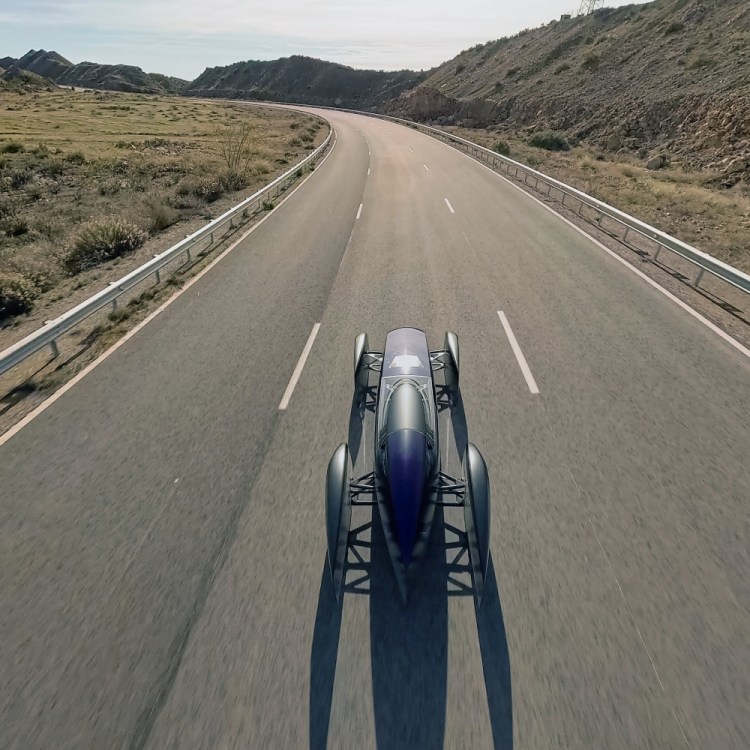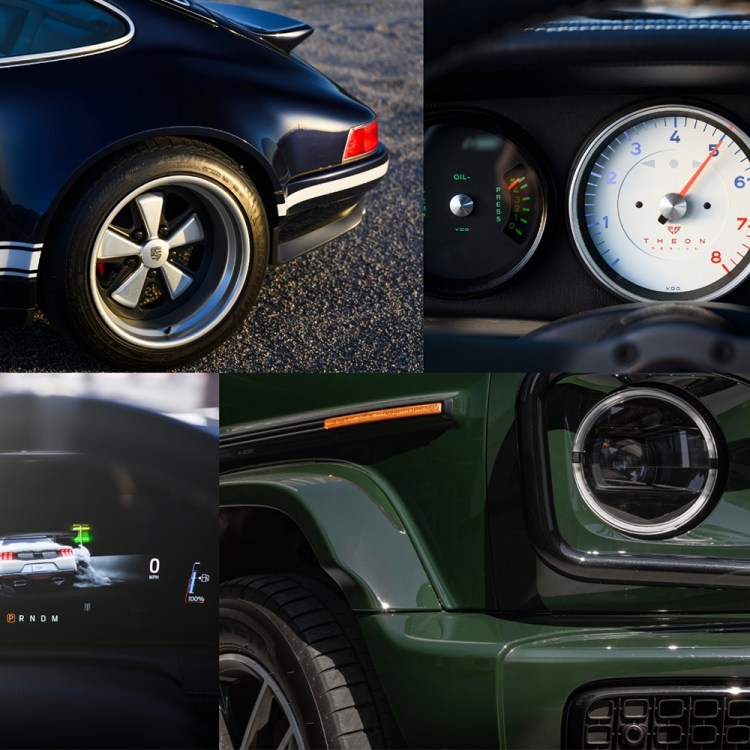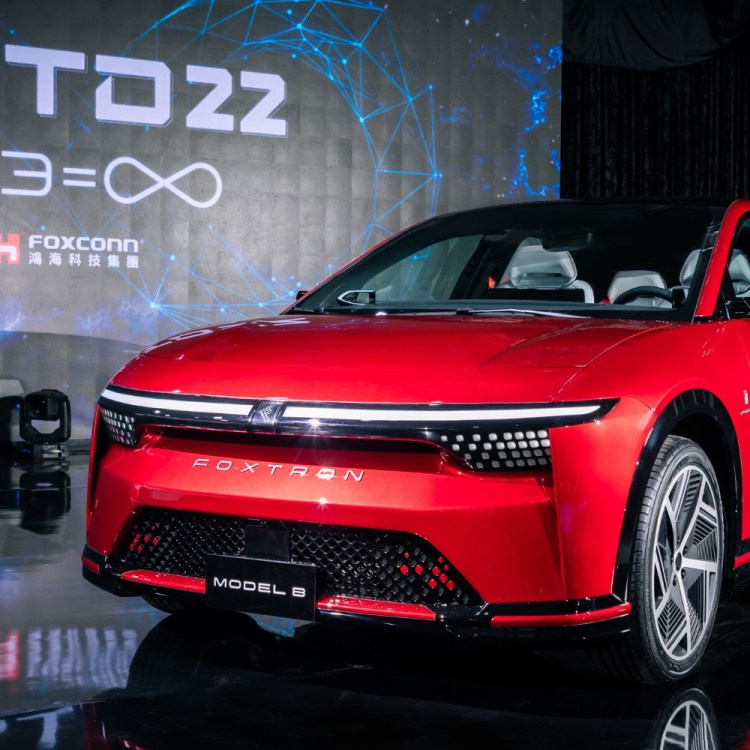The horsepower wars of the twenty-teens now seem almost quaint in the face of an EV revolution that spins out earth-shattering torque at the behest of just a few lines of code. At the time, however, it felt like German, Japanese and American automakers were all racing towards a pinnacle of internal-combustion performance that had previously only been hinted at by the big-block cruisers of the late-1960s, aided and abetted by forced induction and computer controls that fed an arms race of ever-increasing dyno numbers.
Of all the engines making megatons, perhaps none has been so celebrated — nor as deserving of praise for its revolutionary impact on the auto industry as a whole — as Dodge’s Hellcat V8. The first production engine to cross the 700 horsepower barrier, it not only provided buyers with a surprisingly affordable opportunity to park a cruise missile in their driveway, but it also spawned an entire family of increasingly over-the-top descendents that are only now at the precipice of one final model year burnout before being retired for good.
Not bad for an engine whose secret development was spread across the Fiat Chrysler empire, all in a bid to make an impact with a platform about to live out its second lease on life, a quarter mile at a time.
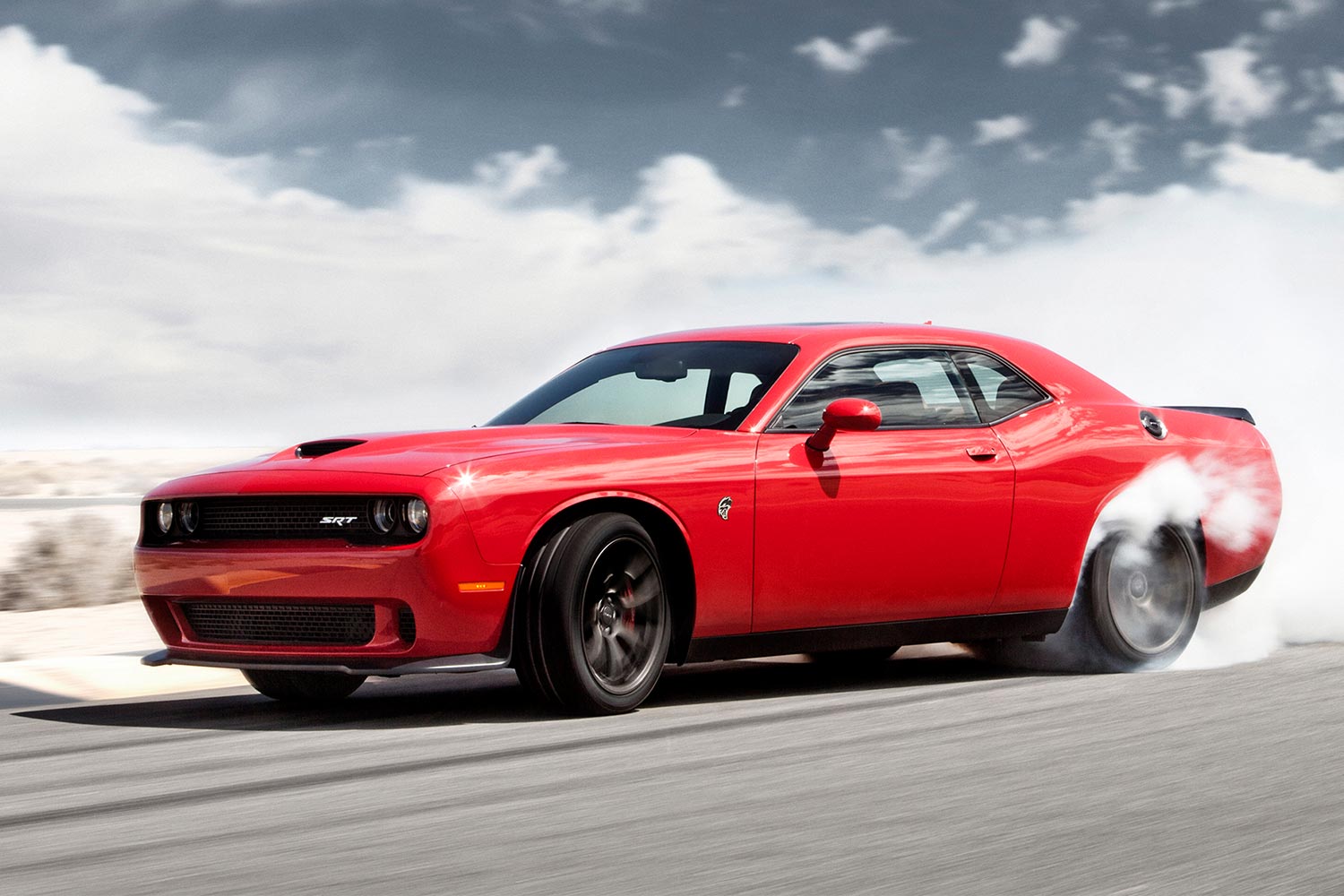
Beating Shelby
The year was 2011, and FCA was in a race against time. Eager to continue to cash in on the success of its Challenger muscle coupe, Dodge engineers were hearing report after report that crosstown rival Ford was about to drop an ultra-beefy edition of its Shelby GT500 Mustang that would render the in-house SRT model obsolete.
Dodge had been planning a 600-horsepower Challenger of its own long before word came down that this wouldn’t be enough to even dent the Shelby’s armor (with Ford’s supercharged pony now purported to crest well north of that previously insurmountable peak). The news played a critical role in pushing Chris Cowland, FCA’s then-director of advanced and SRT powertrain development, to shoot for the moon. With permission from corporate bosses to produce a 675-horsepower engine rather than sticking with the original number, Cowland’s own internal team mandate (guarded from those on high) was to eclipse 700 horses — all within the original time window allotted to the development of the first iteration of the motor.
The End of This Muscle Car Era Comes With Helicopters and Fireballs
Dodge pulled out all the stops for the new Challenger SRT Demon 170, which signals the end of “current HEMI-engine-powered forms”The ostensible basis for the engine was the already-mighty 475-horsepower 6.4-liter V8 that pulled duty across the SRT lineup, with its own displacement dropped to 6.2 liters in order to reduce crank stresses. Although several key components were shared between the two motors — enough for them to use the same assembly line — heads, rods, crankshaft and numerous other details were massaged, strengthened and updated to deal with the effects of its massive supercharger. Displacing nearly 2.4 liters on its own, the twin-screw unit produced up to 11.6 psi of boost by spinning above 14,000 rpm at full throttle, sucking in cubic yards of air through the largest throttle body ever installed in an FCA vehicle at that time.
It was hard to argue with the results. When it first arrived under the hood of the 2015 Dodge Challenger SRT Hellcat, the Shelby GT500’s 662 ponies were but a distant memory. Dodge’s verified horsepower numbers (which had been kept hidden from certain sectors of the company after being verified by the SAE) stood at 707, with 650 lb-ft of torque along for the ride. The supercharger’s size also gave the car a whopping 400 lb-ft of twist almost immediately off idle, and even more incredible was that the entire package’s prodigious output was backed by a full factory warranty.
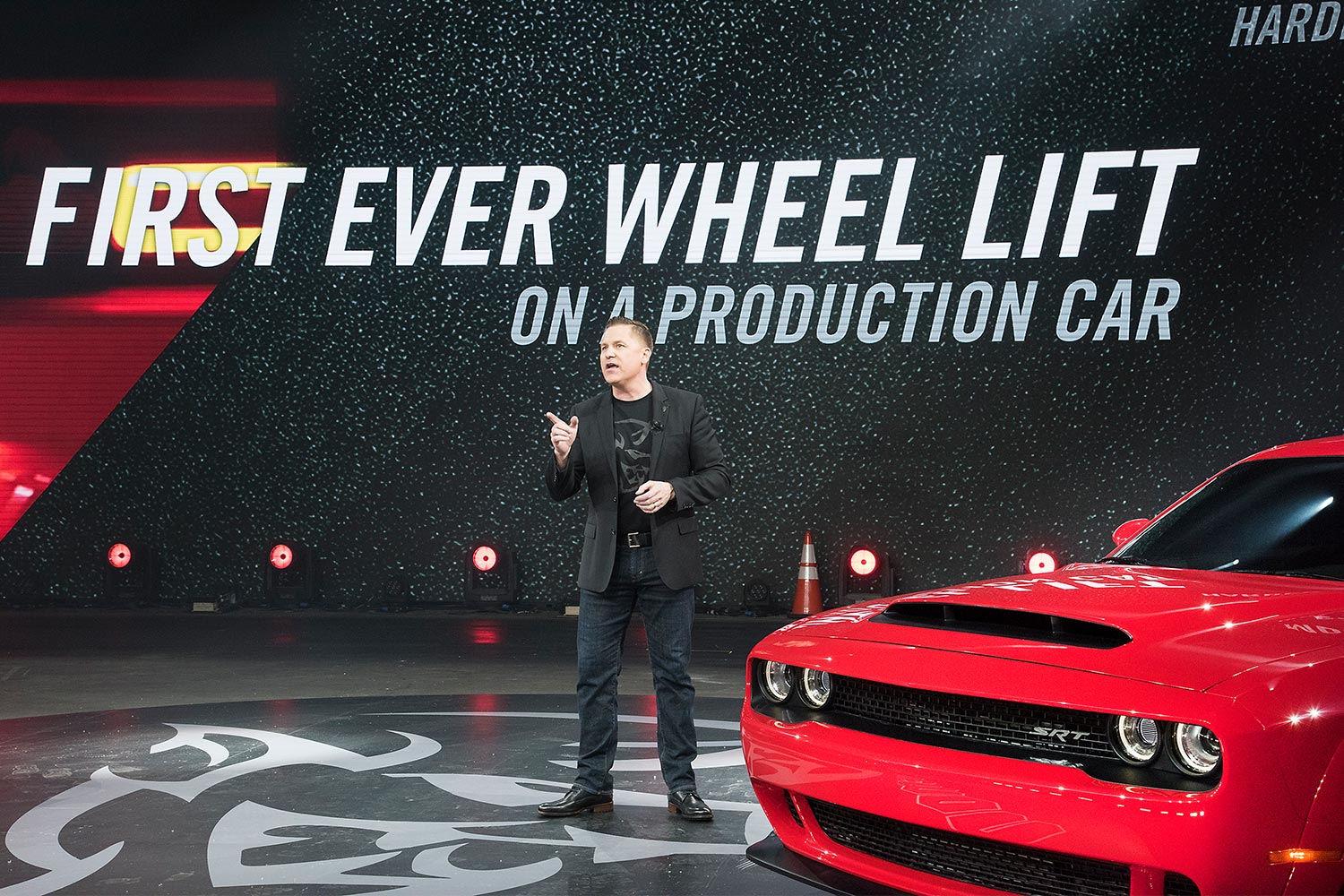
Nothing Exceeds Like Excess
The Hellcat engine didn’t just dazzle at the drag strip — it also returned the Challenger and its Charger sedan platform-mate to relevance, elevating the decade-old LX chassis from aged to amazing. As much a PR powerhouse as an engineering achievement, the Hellcat breathed new life into Dodge showrooms and helped the brand solidify its image as the purveyor of populist power.
Still, Dodge brass could sense that there was room at the top for an even more “out there” edition of the Hellcat engine. Three years after its debut, it gained a sibling: the Demon, a drag-focused, yet still street-legal menace that pumped horsepower up to 840 and dropped its quarter-mile time below the 10-second mark. It was an inspired decision: Too chunky on the scales to legitimately challenge more athletic Ford Mustang and Chevrolet Camaro models on a road course, on the strip the only things needed to overcome the Challenger’s bulk were gobs of power and fistfuls of grip.
The latter were achieved through the careful chemistry of its tire compound, the installation of skinny front wheels and the innovative use of a transbrake (the first such application ever in a street car). The former was achieved by running 101 octane fuel into the existing Hellcat, remapping its computer controls and installing a larger 2.7-liter blower. A multi-stage ignition process combined with a charge cooler that borrows its chill from the vehicle’s air-conditioning system also worked together to build impressive amounts of boost off of the line, resulting in a further 770 lb-ft of torque that popped the front wheels up off the starting line.
Sons of Demon
The Demon was another marketing masterpiece, and the decision to limit production to just 3,300 examples quickly built up its legend and continued to keep the Challenger at the forefront of the muscle car conversation. Although vaguely streetable, the Demon was clearly either a collector’s item or a drag racing warrior, and Dodge elected to keep its Hellcat momentum going by borrowing from the most commuter-friendly aspects of its underworld machine and producing yet another iteration of the engine.
With a ceiling of 840 horsepower, it was clear that continuing to push towards the sky would deliver diminishing returns in terms of real-world drivability. The compromise was to keep the Demon’s pump gas tune (originally 808 horsepower, detuned slightly to 797 due to a smaller air intake on the hood), outfit it with performance (rather than drag) tires and remove ultra-specialized gear like its charge cooler. Dubbed the Hellcat Redeye for the 2019 model year, the engine also expanded to the Charger (with the Demon having been Challenger-only). For 2020, the Challenger gained the Super Stock, bringing with it 807 horses and a return to quarter-mile acumen (with sticky, near-slick rubber, but no transbrake), and in the background, the Ram pickup, Jeep Grand Cherokee and Dodge Durango SUV all caught up to the Charger and Challenger with eventual Hellcat models of their own.
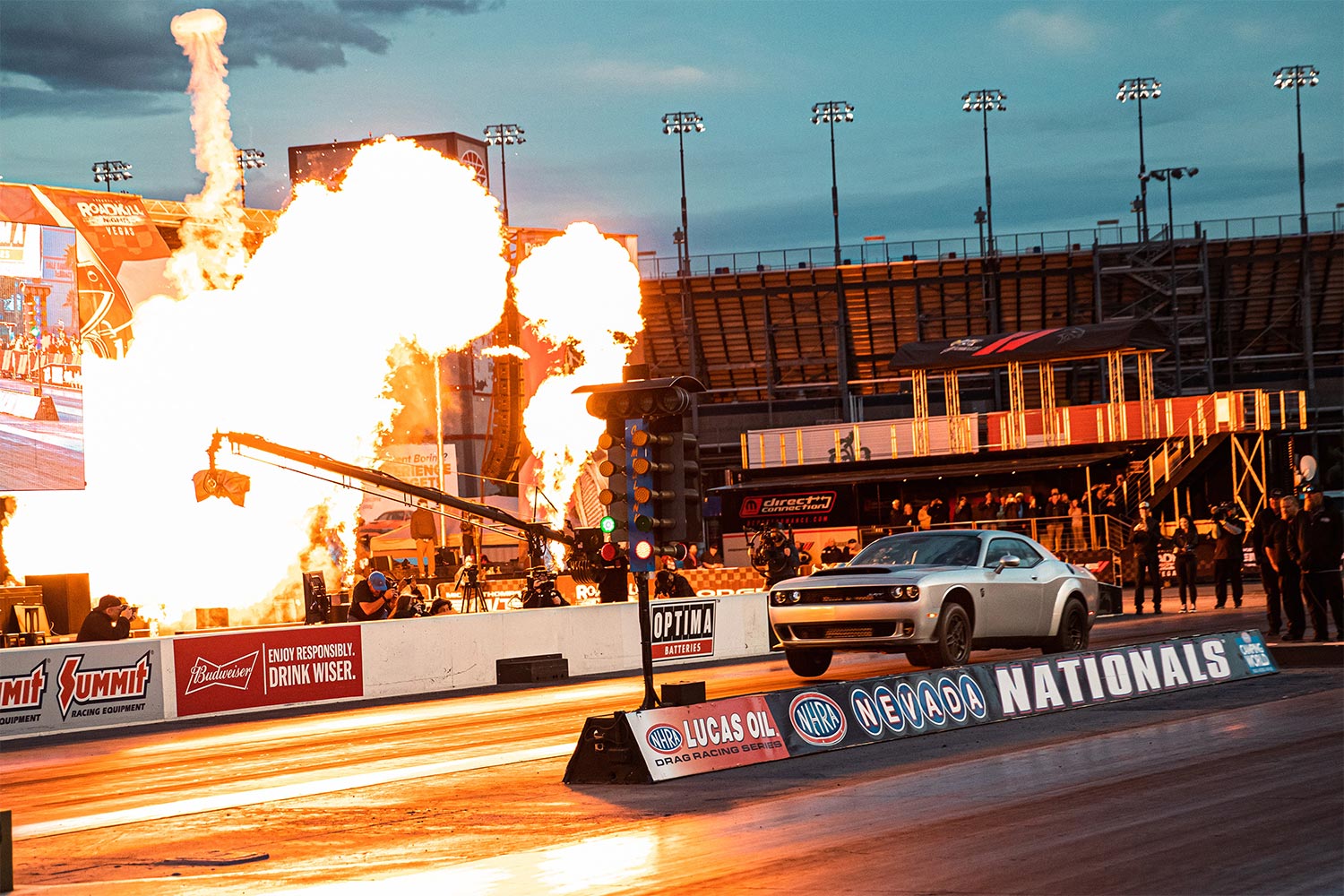
The 1,000-Horsepower Swan Song
The final branch of the Hellcat family tree pulls out all of the stops to create an internal combustion package that can rival some of the mightiest EVs when it comes to rocket-like acceleration and stunning power delivery. The Dodge Challenger SRT Demon 170, unveiled in March, swaps the original Demon’s high octane for E85 ethanol fuel, and in the process produces 1,025 horsepower and 945 lb-ft of torque. That’s enough to lop nearly a full second off of its predecessor’s time down the 1320, but if you’re feeling more relaxed, the Demon 170 engine will settle down to 900 ponies and 810 lb-ft of torque on pump gas.
The ultimate version of the Hellcat swaps out nearly all of its internals for new (and battle-hardened) components, carrying over only the Demon’s crankshaft. The air intake is bigger, too, with 105 mm of gaping maw feeding the 3.0-liter supercharger so it can make 21.3 psi of boost at full fury. The transbrake is also back in action (and improved as well), and those spec skinny tires are again found up front for the ultimate in wheel-stand glory.
A Cannonading Farewell
The Hellcat has come a long way from its reasonably affordable roots to the $100,000 price tag attached to the Demon 170. Along the way, it democratized access to heaping helpings of tire-shredding performance, all while proving itself to be remarkably reliable even when ridden hard by owners intent on sending every last molecule of hydrocarbon straight to the infernal immolating pit from which the engine drew its name.
Enthusiasts will mourn the end of the Hellcat, which shuffles off this mortal ignition coil at the end of this year, but it’s a fitting end that the motor would depart at the same time as the LX underpinnings of its Challenger and Charger mainstays. Nearing 20 years on the market, these big-boned, retro-themed muscle cars managed to swell their ranks with the most fearsome engine packages ever unleashed on the American public, staying their eventual execution as long as possible by aiming maximum firepower straight at the heart of traditional performance fans.
This article appeared in an InsideHook newsletter. Sign up for free to get more on travel, wellness, style, drinking, and culture.
